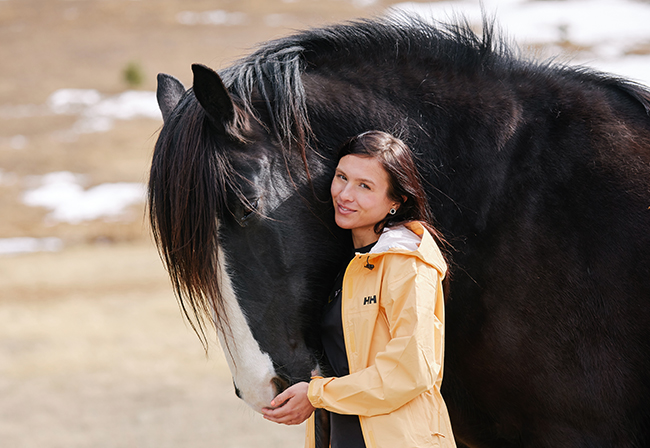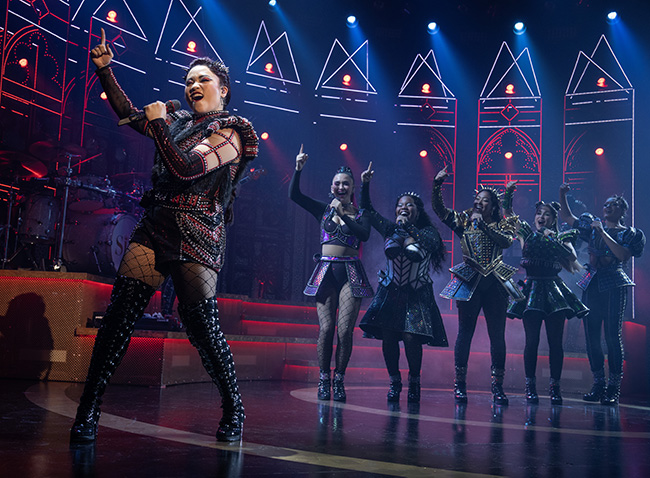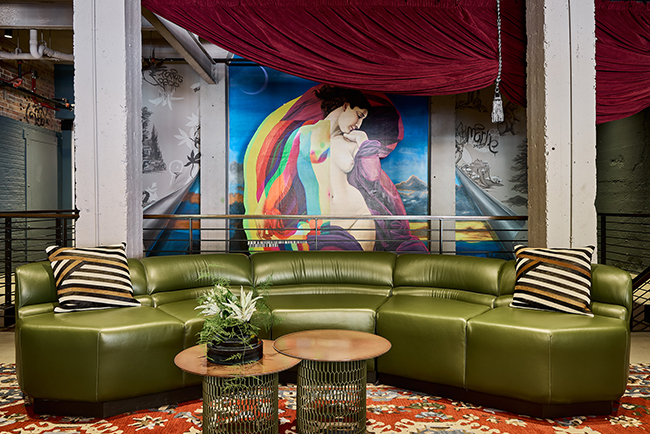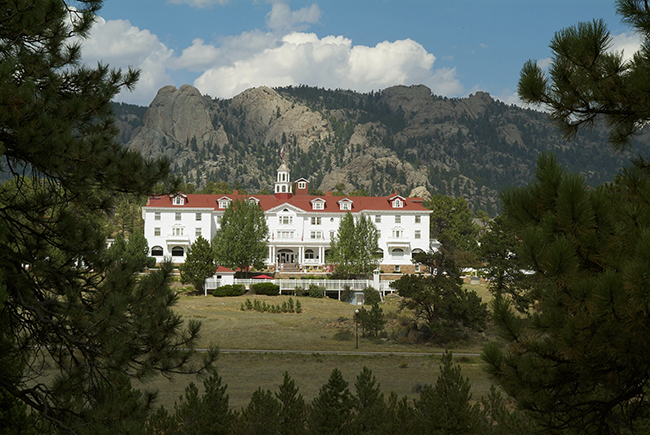Journey Through the World's Largest Free Museum Complex
06 Apr 2024
Exploring the Smithsonian's 22 museums, nine research facilities and evolving offerings
By Katie McElveen
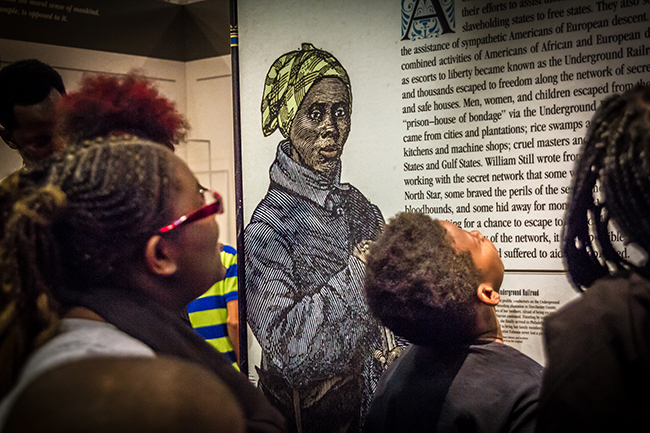
Museums can be exhausting, especially if you've spent $30 to visit and want to get your money's worth. That hours-long slog past endless paintings—or sculptures or butterflies or whatever is on display—is enough to make anyone but a super fan swear off the experience. But what if you could pop into a building, pay nothing, check out the Hope diamond or the only Leonardo da Vinci painting on display in America or pieces of the Apollo 11 spacecraft—and walk right back out? Thanks to an English scientist named James Smithson, who died in 1829 and left his entire estate in the United States to found "at Washington, under the name of the Smithsonian Institution, an establishment for the increase and diffusion of knowledge," you can.
No one knows why Smithson bequeathed more than $500,000 to a country he had never visited, but we should all be glad he did. Comprising of 22 museums and nine research facilities, the Smithsonian Institution is the world's largest museum, education, and research complex. It's also free to all.
As a college student in Washington, D.C. and, later, an entry-level professional, that free entry provided me with cultural experiences I wouldn't have been able to otherwise afford. Even better, there was no pressure to stick around. Once I'd seen what I came to see, I could walk out. But, more often than not, something would catch my eye and, before I knew it, the afternoon had flown by.
Recently, I found myself back in D.C. With a couple of days to explore the city, I headed straight to my comfort zone: the Smithsonian. While all the things I loved about it were still there, I was knocked out by the technology, which enhanced the experience with buttons to push, sounds to hear, screens to watch and even fossils to touch.
The changes were particularly evident at the National Museum of Natural History. When I was a kid, you came to the museum to see the dinosaur bones, which were displayed in a stark but sunlit hall that first opened in 1911. Children (and adults) still come to see the massive skeletons, but, these days, those bone fossils (yes, they're real) now are part of a museum-wide initiative to tell the Earth's unfolding story. Instead of towering above the scene, as it had for more than 100 years, Tyrannosaurus Rex, for instance, has been repositioned as the fierce predator it was and appears to be eating a Triceratops. In the mammal room, the ferocious taxidermy tiger is no longer confined to a glass cube but is leaping overhead as if in pursuit of prey, claws extended to their terrifying full length and eyes fully alert. Each gallery is immersive, too, filled with sounds that one might hear while, say, hiking through the jungle in search of tropical birds.
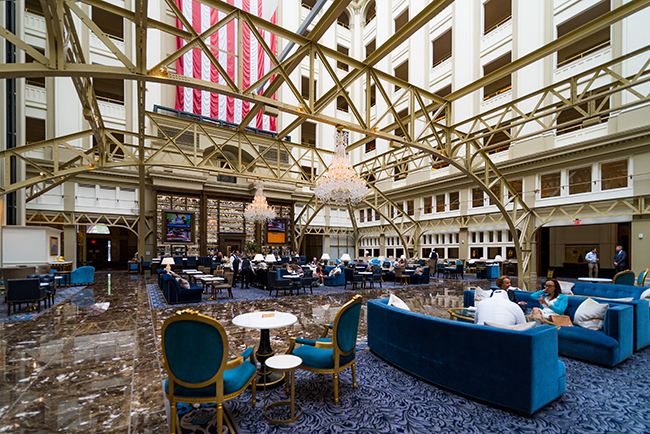
The Museum of American History is a jumble of Americana, three million artifacts that use everything from Dorothy's ruby slippers from the Wizard of Oz and Julia Child's kitchen to Abraham Lincoln's hat and the original Star-Spangled Banner, to trace all the facets of America's story. There are collections of election buttons; gowns worn by First Ladies; Vince and Larry, the 1970's crash test dummies; stagecoaches; trains, and weaponry. It's a lot, but a crowd-pleaser, especially if you're traveling with others or with children, who will love the interactive exhibits. Just don't forget to reserve a space: the hands-on activities are free, but space is limited.
Where the Museum of American History feels more free form, the Museum of African American History & Culture stays tightly focused on the documentation of African American life, history, and culture.
The museum's lower floors, which spiral upward from three levels below ground, are dedicated to the evolution of slavery, from its earliest beginnings to the passage – and fallout – of the Civil Rights Act in 1964.
I learned that, before the 14th century, Europeans traded with their African counterparts as equals and that the continent supported a huge diversity of languages and cultures. Further along, the tools of slavery and racial oppression are on full display, in all their horrifying reality. Through it all, I found myself thinking about what it must have taken to survive and to find the energy and hope to see and celebrate moments of joy in a life that offered little. It was painful, but, for me, a step toward understanding what it means to be an American.
The upper levels are organized by topic. Cultural expression—music, art, theater, cooking, fashion—occupies the top floor; mini-galleries display costumes as video screens showcase performances. Other levels are devoted to military service, sports, and exploring family history.
When you need a break from any of the museums, grab a snack at one of the surprisingly delicious on-site restaurants, browse at a well-curated museum shop or simply head outside to the National Mall, where you can wander freely into whatever museum strikes your fancy.
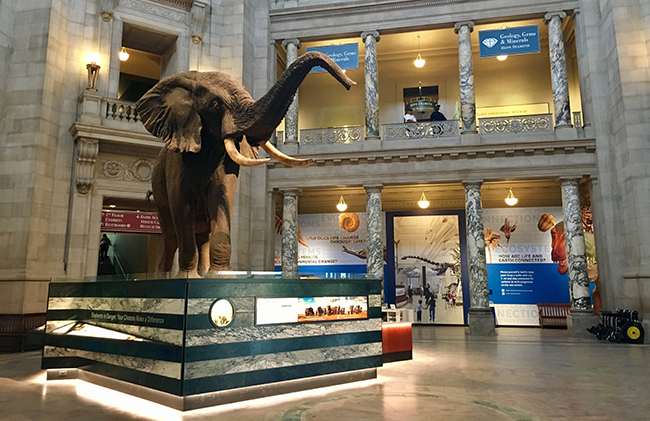
Where to stay
Occupying Washington, D.C.’s historic Old Post Office building, the Waldorf Astoria is perfectly positioned for both museum-hopping and exploring the lively Penn Quarter neighborhood. There's easy access to Metro, too, which makes it easy to get virtually anywhere in the city. Within the hotel, a nine-story lobby is topped by a stunning glass ceiling; lavish guestrooms have been carved out of the offices of former postal employees. Look hard and you can still see some of the original doors.


